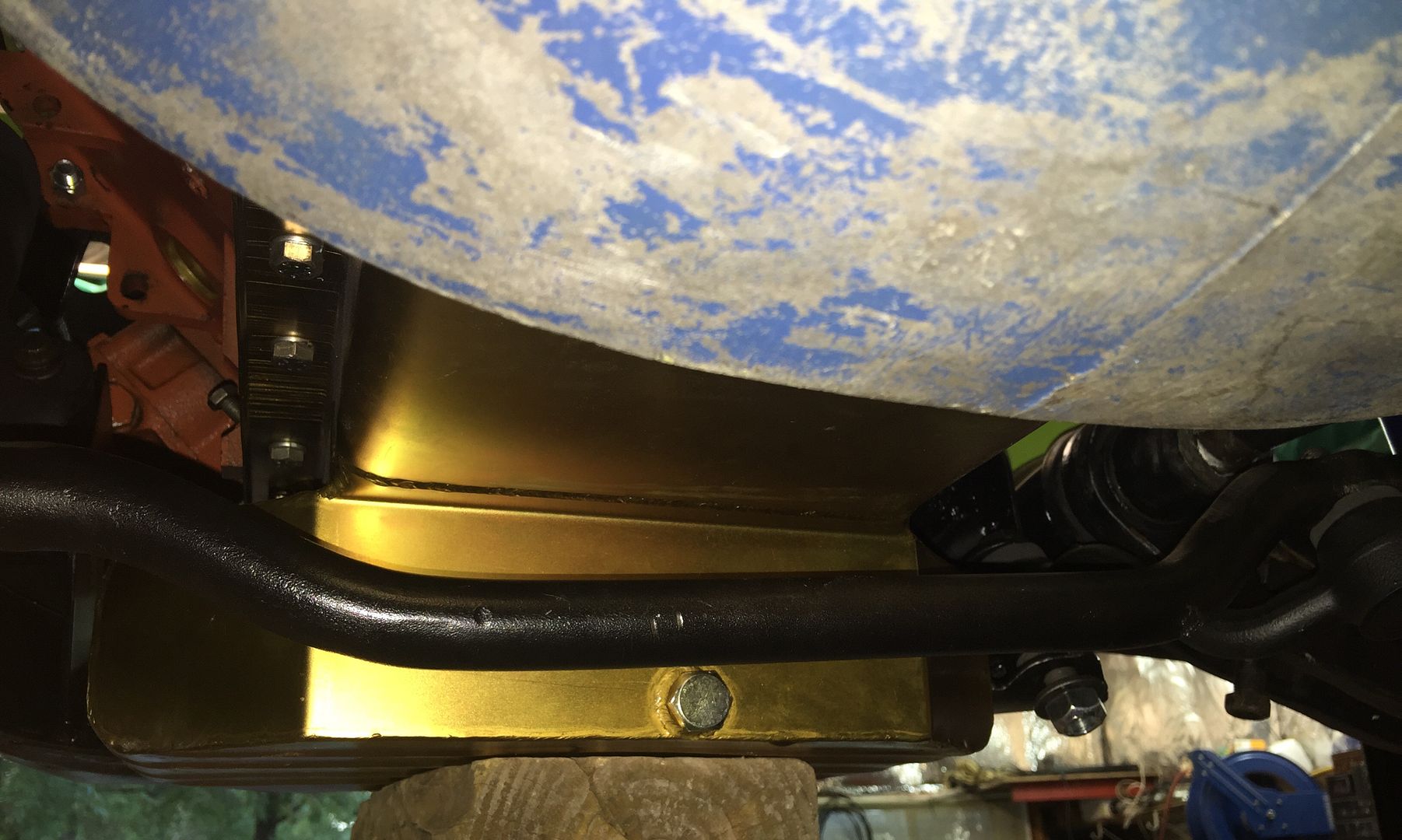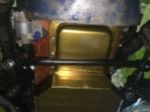Going back to post#2;
-When this condition exists (the different tie-rod pivot-ball heights to the ground plane), each wheel will have it's own toe-in curve. The toe-curve is a plotted line that shows the change in toe that occurs as the wheel travels up and down in its normal range of motion. Theoretically this plotted line would show zero change,thus the toe would remain at whatever you set it at,no matter where the wheel is in it's travel. I reality, the curve can only be minimized over a very narrow percentage of wheel travel.
When the toe changes,other stuff happens. If the toe change occurs simultaneously on both sides of the car, and to the same degree, mostly, the driver doesn't notice it. Unless it is great enough, and then it may be interpreted as twichiness, or wandering.However,if the toe changes more on one side of the car than on the other side, such as when only one wheel encounters a bump or a dip,then the car tends to self steer.At very low speed, this can be disconcerting. At 30 mph, it's very annoying as the car can dart around some. At hiway speeds you may be travelling at 90 feet per second or more, so now, depending on the severity of the "bump-steer", this can be dangerous.
-Now imagine that each side of the car has it's own toe curve.I've had a car leave the road on me at 42 mph, due to bump-steer (a change in toe-in, during a change in ride-height). The vehicle was crossing a diagonal set of railroad tracks, on a curve. Each wheel hit the tracks at different times. It was almost instant.Until this time the car had been tracking reasonably well, especially in the straight ahead mode.
-I am leading up to the point.
-Going back to paragraph #2. What creates the toe curve? Well part of it is designed-in.The different length control arms create a camber change, which can also be measured and plotted. This camber change is designed in to keep the wheel mostly flat on the road when the wheel is travelling up or down, such as when turning, or on uneven road surfaces. Ideally, when the suspension height is set right, with both wheels sitting in the sweet-spot of the curve, there may be 1 to 2 inches of total travel, where the curve doesn't change much.Then the ends of the curve may all change in the same direction.So, then, in a turn,as one wheel travels up and the other travels down, the curves all remain similar, and everything is tickety-boo.But,to minimize (not eliminate) toe-change, the tierod balls have to be in a very precise spot. And both outers have to be in the same spot, and both inners have to be in the same spot.These spots cannot be eyeballed.They have to be determined on the alignment rack. At this point, for you, we don't know if either inner ball is in the right spot or even close to the right spot, all we know is that something is not right. You can slot out the idler arm mounting points to equalize the ball heights, or you can shim the steering-box down.Or you can bend stuff. But which one? Or maybe a little of each? Or maybe the outers are wrong.
-Now, try to imagine the toe-in changing during a turn, and a wheel encounters a bump, or you are travelling through a curve with a decreasing radius, or the rear end steps out, and you need to make a course correction. You will have your hands full trying to keep up.
-I should mention that the straight-ahead alignment can be set with the tierod ball points set almost anywhere, and the specs can be met, and a half-a$$ed shop can send it out that way. A good tech will catch it. But mostly you will have to ask the tech to try to fix the bump-steer, or at least minimize it. It can take an hour or more to generate the camber curves.It can take an hour or more to adjust the inner points. The outer points are not normally adjustable, as the steering arms are integral to the outer balljoints. Thankfully,the outer points are usually pretty close (unless you have installed the offset upper bushings and are striving for maximum caster).
-Point coming, the goal is to prevent or minimize,toe-change.
-Point is; Only the alignment guy can figure out what's what, and only a few know how to correct it.
- Hope this helps


















